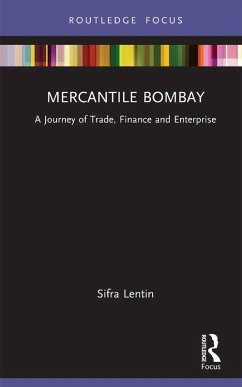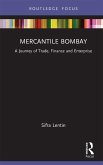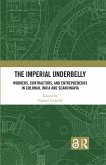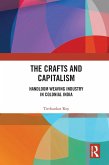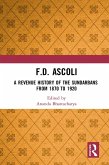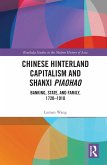The book explores how the city flourished in its heyday as a trading, financial, commercial and manufacturing hub in a globalised colonial world. While the city's importance as a nodal financial hub in the global economy ebbed post India's Independence and the Second World War, the multi-cultural city found renewed importance following the forex crisis of 1991. Institutions (the RBI, SEBI and State Bank of India headquarters), capacities, experiences, communities and talent centred in Mumbai revived its position, while managing the transition to a more open economy. Though Mumbai is not yet an international financial centre (financial SEZ) like London, New York, Dubai, Singapore, Hong Kong, this volume explores why it has all the essential elements to become one today, and looks at the city as a trading city, a global financial centre, and a city of enterprise.
An introspective read on India's financial capital, this volume will be essential for scholars and researchers of economics, business studies and commerce. It will be of great interest to policy makers, city-headquartered business houses, financial institutions and its people.
Dieser Download kann aus rechtlichen Gründen nur mit Rechnungsadresse in A, B, BG, CY, CZ, D, DK, EW, E, FIN, F, GR, HR, H, IRL, I, LT, L, LR, M, NL, PL, P, R, S, SLO, SK ausgeliefert werden.

